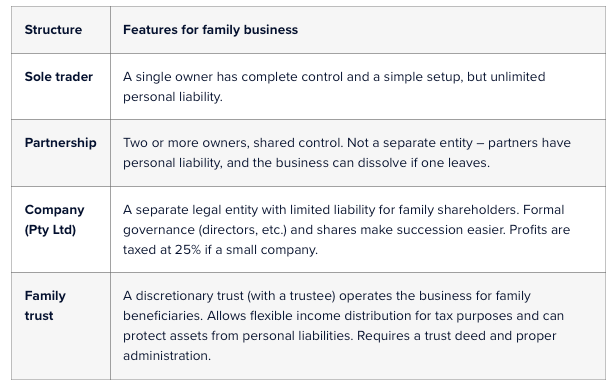The Government’s Coronavirus Economic Response
Ian Campbell • 18 March 2020
The Government’s Coronavirus Economic Response
Government announces increased tax benefits in response to the Coronavirus
The Government has announced its economic response to the Coronavirus in the form of a $17.6 billion economic stimulus package. The package has been marketed as a measure to protect the economy by maintaining confidence, supporting investment and keeping people in their jobs.
It is expected that an appropriate package of Bills (which will provide further detail in relation to the proposed measures) will be introduced into Parliament in the final sitting week in March 2020 (i.e., presumably from 23 March 2020) for urgent consideration and passage.
The Key Tax Measures include:
• From Thursday 12 March 2020, the instant asset write-off threshold has been increased from $30,000 (for businesses with an aggregated turnover of less than $50 million) to $150,000 (for businesses with an aggregated turnover of less than $500 million) until 30 June 2020.
• A time-limited 15-month investment incentive (through to 30 June 2021) which will operate to accelerate certain depreciation deductions.
This measure will also be available to businesses with a turnover of less than $500 million, which will be able to immediately deduct 50% of the cost of an eligible asset on installation, with existing depreciation rules applying to the balance of the asset’s cost.
As announced, this measure is proposed to only apply to new depreciating assets first used, or installed ready for use, by 30 June 2021.
• Tax-free payments of up to $25,000 for eligible small and medium businesses (i.e., with a turnover of less than $50 million that employ staff) based on their PAYG withholding obligations.
• Tax-free payments of $750 to social security, veteran and other income support recipients and eligible concession card holders. It is estimated that around half of those who will benefit will be pensioners. These payments will commence to be automatically made from 31 March 2020.
• Administrative relief from the ATO for some tax obligations for people affected by the Coronavirus outbreak, on a case-by-case basis. Additionally, the ATO is setting up a temporary shop front in Cairns within the next few weeks with dedicated staff specialising in assisting small business and is currently considering further temporary ‘shop fronts’ and face-to-face options.
In addition to these key tax measures, the Government has also announced additional economic stimulus measures including:
• Wage subsidies to support the retention of apprentices and trainees – Employers with less than 20 full-time employees may be entitled to apply for Government funded wage subsidies amounting to 50% of an apprentice’s or trainee’s wage for up to nine months from 1 January 2020 to 30 September 2020. The maximum subsidy for each apprentice/trainee is $21,000.
Importantly, where an employer is not able to retain an apprentice, the subsidy will be available to a new employer that employs that apprentice.
It is proposed that employers will be able to register for the subsidy from early-April 2020.
• Assistance to severely affected regions – The Government has also committed to set aside $1 billion to support regions and communities that have been disproportionately affected by the economic impacts of the Coronavirus, including those heavily reliant on industries such as tourism, agriculture and education. This will include:
– The waiver of fees and charges for tourism businesses that operate in the Great Barrier Reef Marine Park and the waiver of entry fees for Commonwealth National Parks.
– The provision of additional assistance to help businesses identify alternative export markets or supply chains.
– Further targeted measures to further promote domestic tourism.
© National Tax & Accountants’ Association Ltd: March 2020 1

